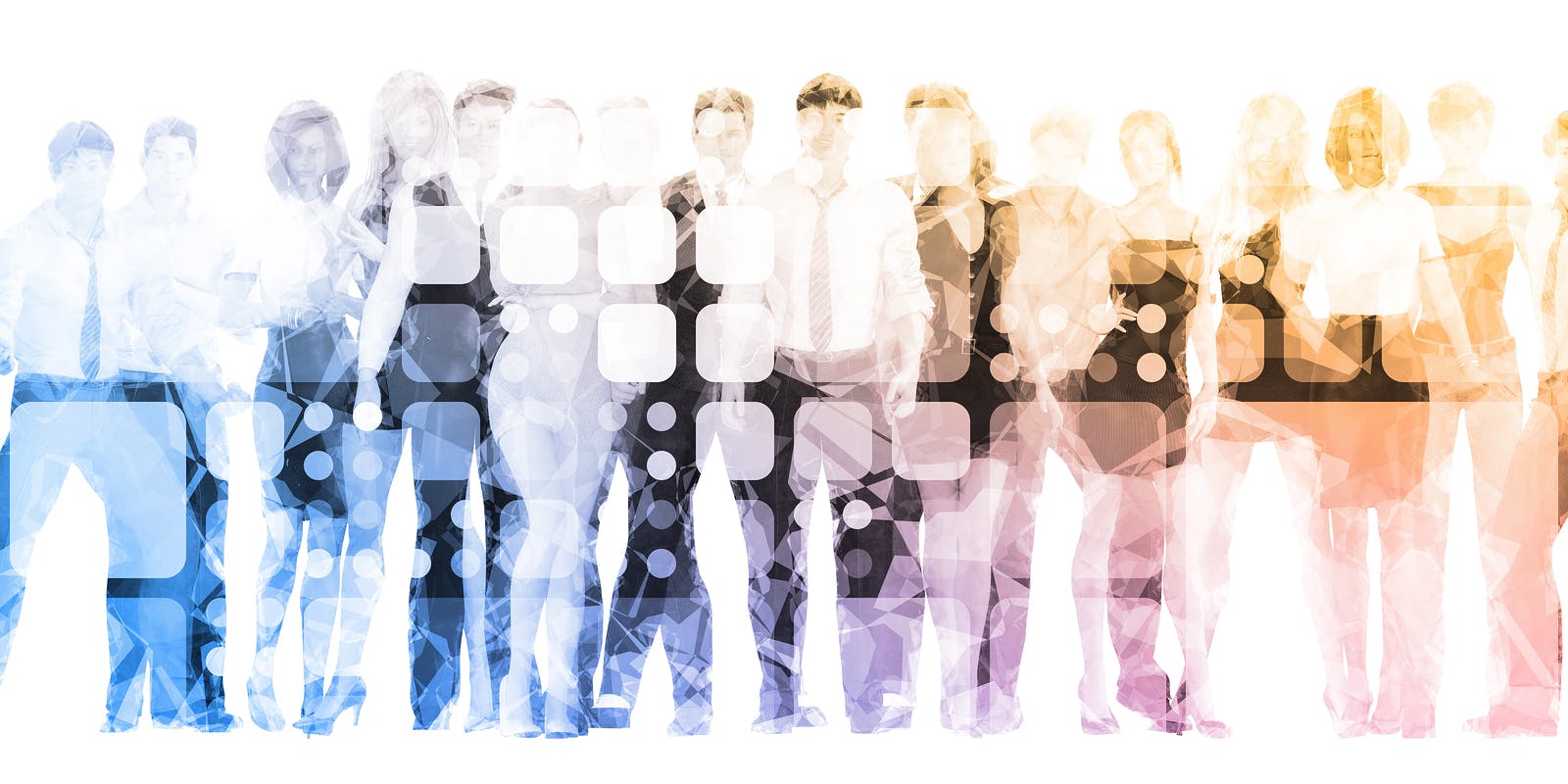For the first time in history, there are five generations working side by side. This new multi-generational workforce has the potential to pose major challenges for business and HR leaders, and it isn’t likely to go away anytime soon.
The average age of the workforce, which was 36.4 in 1990, is expected to increase to 42.8 by 2020. In addition, in the next five years, 25% of the labor force will be 55 or older. While life expectancy is increasing, resulting in people choosing or needing to stay in the workforce longer, millennials, now the largest generation in the US workforce, are moving into managerial roles.
Complicating the makeup of the modern workforce further, the gig economy is expanding. A national survey of 600 HR decision makers and 959 freelancers found that 74% of companies are planning to contract with more freelancers and 60% of companies anticipate hiring more freelancers than full-time employees.
Without access to the right data and tools to make sense of these demographic changes, combined with the complexities of managing a multinational and global workforce, it’s difficult for you, as an HR leader, to truly know your employees. Not being able to understand what keeps them motivated and engaged, their worldview, aptitudes, life experiences, career visions and expectations, makes it impossible to make informed decisions about your people strategy
Research conducted by Fairsail, the company I work for, found that 42% of the 250 global senior HR professionals surveyed only have a partial view of their workforce; over 50% admit to not fully understanding their employees.
As organizations become increasingly complex, there’s an urgency to establish accurate and timely visibility of the diverse talent pool. Our research revealed that 29% of respondents have hired data analysts or people scientists to gain further clarity. Their work is made easier if your global people data is in a single system of record, the data is consistent, accurate and reliable, and if your HR platform has easy to use reporting and analytics.
Once successfully understood and applied, HR analytics can hold the key to answering critical business questions and unlocking employee potential. When navigating the minefield of an inter-generational workforce, HR leaders need to be armed with information to meet the varying developmental needs of, for example, Generation-Xers and millennials. Each generation speaks its own “language,” responding differently to tone, medium and style. This means that getting your message across requires a deep understanding of the way your employees like to work, communicate, and what they value most. Armed with this intel you have the power to create a truly transformative work environment that can identify and nurture the leaders of tomorrow.
However, the journey to mastering data intelligence doesn’t come without challenges. To start, it’s essential that your HR system can blend people data from multiple internal and external sources to gain a more complete picture (people analytics).
Internal data can include information such as communication preferences and time-off requests, while external data could come from social media. The data must be accessible through clear dashboards, using analytics to identify trends and patterns that can be easily communicated through visualization tools. People scientists have the ability to leverage people analytics to help predict and model scenarios and outcomes to vastly improve employee and business performance. IBM, for example, has used people analytics to determine flight risk for employees in key job roles, and notifies managers so they can take action to encourage top performers to stay, saving the company $131 million.
With more than 50% of companies correlating business impact with the success of their HR programs and 77% citing people analytics as a key priority, according to Deloitte’s Human Capital Trends report, the time to act is now or you risk losing ground to competitors. Taking an empirical, data-focused approach, and leveraging analytics tools available in a modern HR system, can offer greater visibility into the entire workforce, and help you better understand the needs and perspectives of each employee. My hope is that soon all organizations will use data to harness the full potential of their multi-generational teams and know their people as well as they know their customers.
